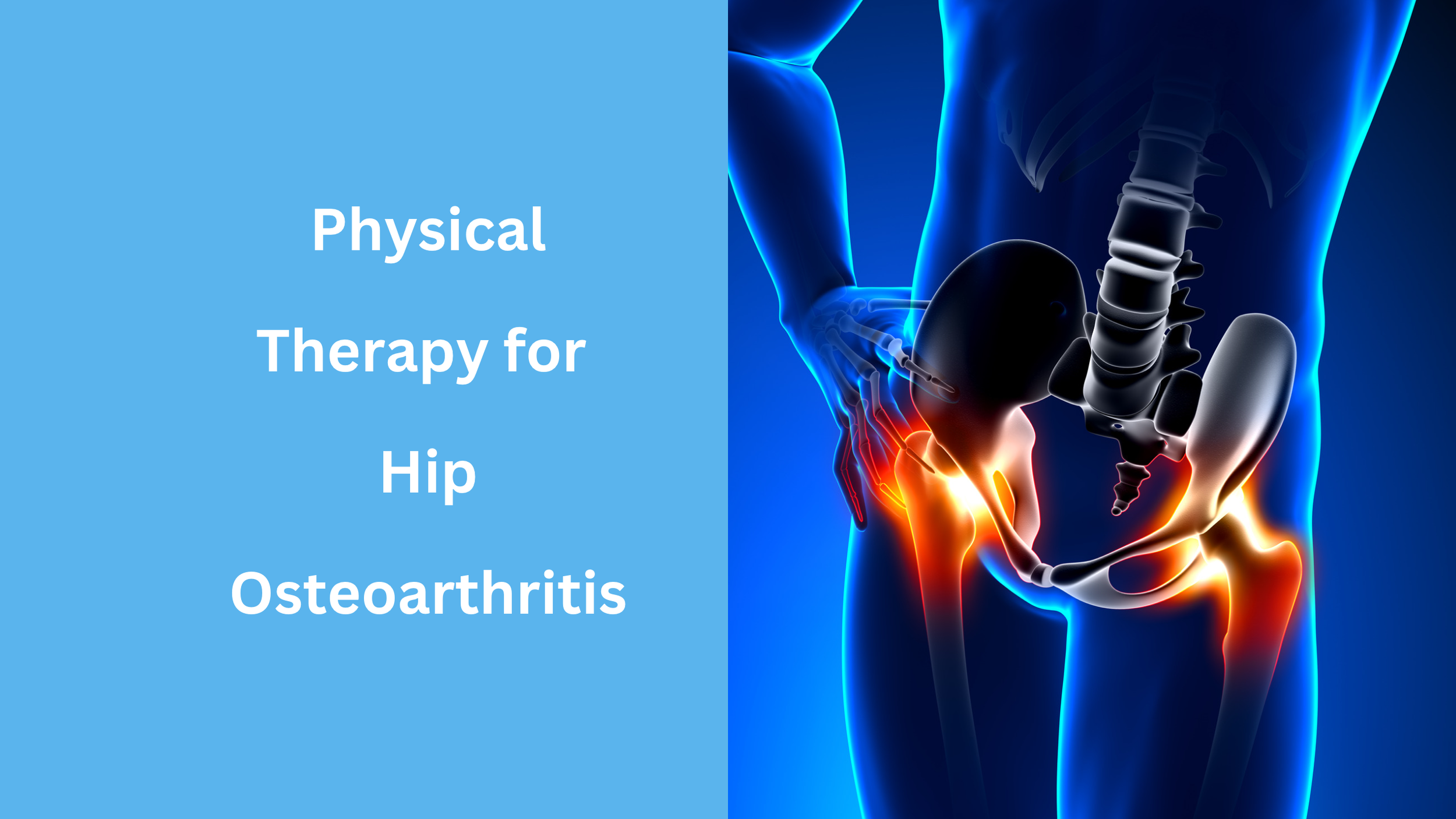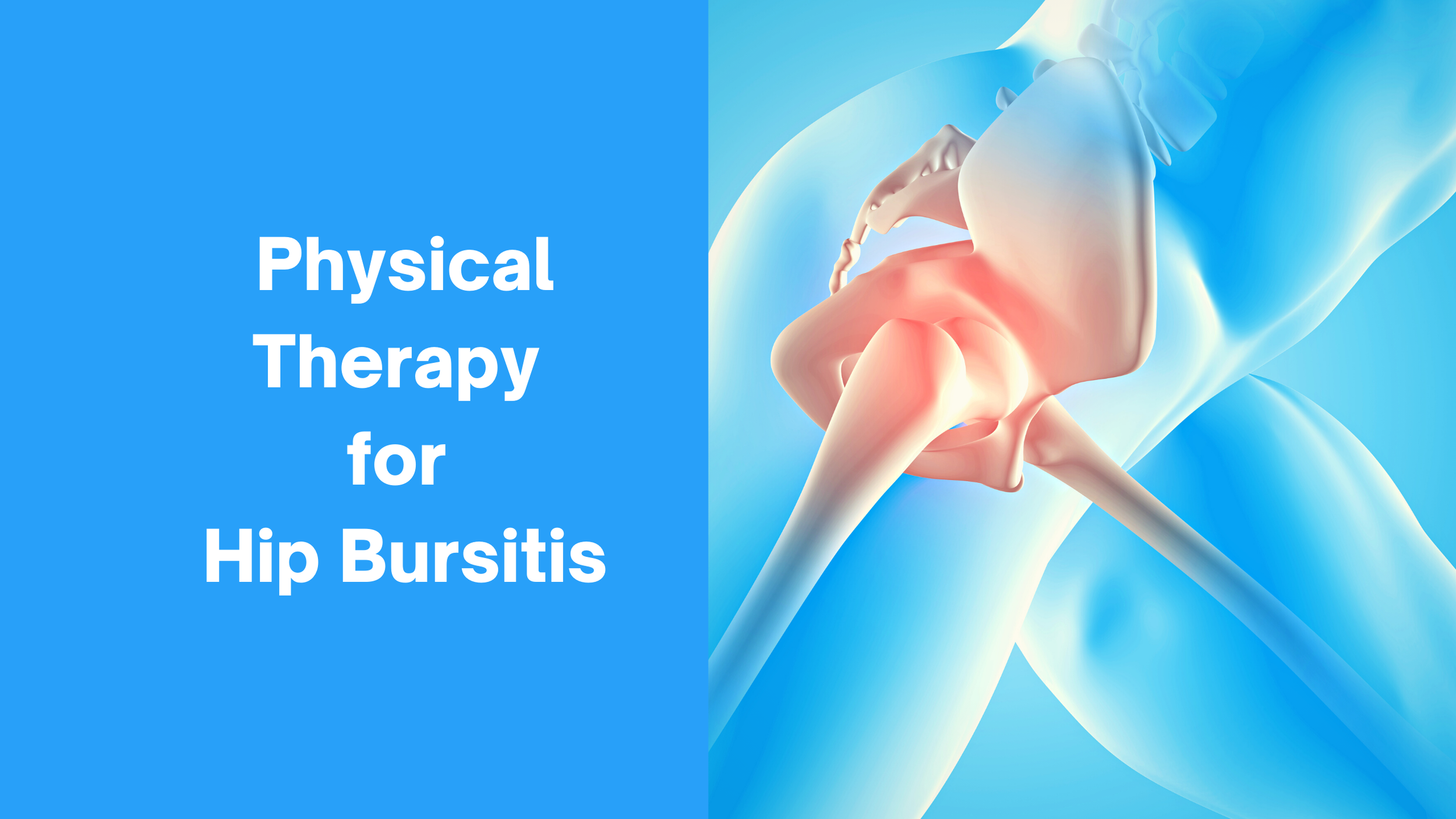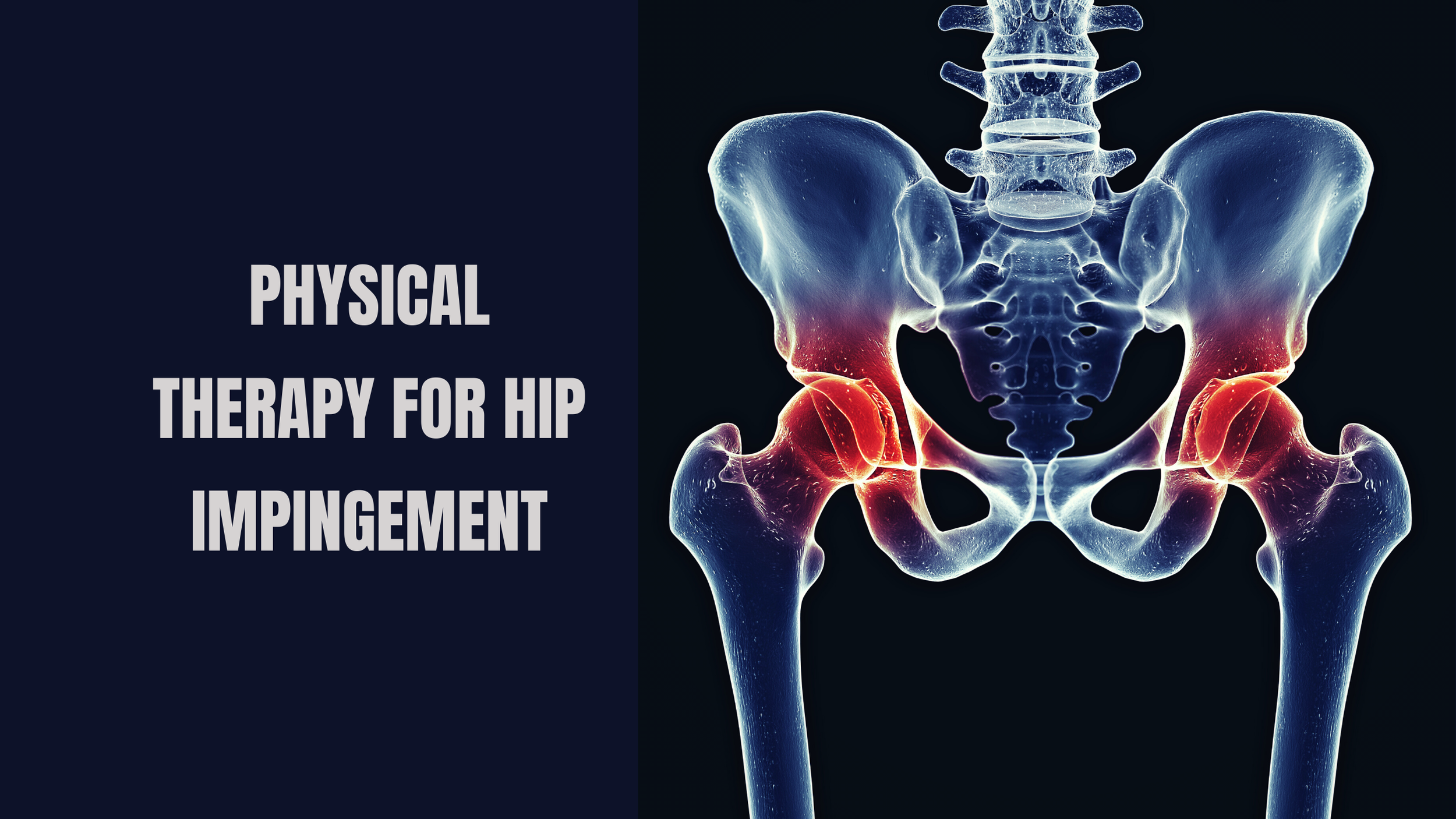Mangiarelli Rehabilitation Physical Therapy Blog
Hip Stabilization Exercises
The hip is one of the largest, most dynamic joints in the body, designed to stabilize and mobilize the lower extremity. Hip stability means the musculature of each side of the hips works equally with every movement you take with muscles that aren’t too loose or too tight. Physical therapists can help you improve your hip strength and stability through targeted hip stabilization exercises. Mangiarelli Rehabilitation physical therapist Sarah demonstrates three hip stabilization exercises to strengthen the front, back, and side of the hip.
Physical Therapy for Gluteal Tendinopathy
Gluteal tendinopathy involves inflammation and degeneration of the gluteal tendon due to overuse and excessive loading of the tendon, causing severe lateral hip pain. The key to tendon healing is appropriate, gradual loading to restore tendon strength and resilience to stressors. Physical therapy can decrease gluteal tendinopathy pain, appropriately load and strengthen the gluteal tendon, and improve the individual’s function and mobility through a progressive gluteal strengthening exercise program.
Physical Therapy for Hip Osteoarthritis
Physical therapy can help those with hip osteoarthritis manage arthritic pain and regain function, strength, and mobility in the hip through therapeutic exercise and manual therapy. Osteoarthritis of the hip causes the protective cartilage lining the bones of the hip joint to progressively break down, causing the bones to rub against each other and leading to intense pain and inflammation within the hip joint.
Walking After A Total Hip Replacement and Femoral Nerve Palsy
After undergoing a total hip replacement and suffering from femoral nerve palsy, Mangiarelli Rehabilitation physical therapy patient Kay has made incredible progress, advancing from walking with a brace with a walker to now walking with a cane! Femoral nerve palsy post-hip replacement involves injury to or compression of the femoral nerve, one of the largest nerves in the leg. A physical therapist can help reduce compression on the femoral nerve and help patients safely regain quadriceps muscle strength, relieve nerve pain, and improve walking ability.
Physical Therapy for Hip Bursitis
Hip bursitis involves inflammation of the bursae, the small fluid-filled sacs that provide cushioning between the hip bones and the soft tissue of the hip (muscles, tendons, and ligaments). Hip bursitis is most common among middle-aged and older adults and affects women more than men. Physical therapy can effectively treat hip bursitis, reducing pain, addressing muscle-related weakness, and helping patients return to daily activities and sports safely. A physical therapist treats hip bursitis with a combination of stretching, strengthening, and movement retraining to decrease irritation in the hip, improve strength and range of motion, resolve pain, and restore normal function.
Physical Therapy for Hip Impingement
Hip impingement is a structural or mechanical disorder of the hip that involves a change in the shape of the surface of the hip joint, leading to stiffness, pain, and damage to tissue and bone. Hip impingement can result from excessive contact between the ball and socket of the hip joint, a structural variation in the shape of the bones of the hip, or changes in muscle length and activation at the hip. Physical therapy helps patients with hip impingement regain movement, flexibility, and strength in the hip and return to regular activities and sports safely through a hip strengthening and core stabilization exercise program.
Physical Therapy for Piriformis Syndrome
Piriformis pain syndrome can develop due to tightening of the piriformis muscle, which can irritate or compress your sciatic nerve causing significant pain in the buttocks, hip, lower back, and back of the leg. The piriformis muscle is a flat, band-like muscle located in the buttocks directly above the sciatic nerve that stabilizes the hip joint and enables lower extremity movement. Physical therapists can relieve piriformis syndrome pain and restore normal movement and range of motion in the affected area through targeted strengthening exercises, manual therapy, and movement reeducation.
What to Expect After a Total Hip Replacement
A total hip replacement surgery is a common orthopedic surgery performed due to arthritis or certain hip fractures to relieve severe pain, improve hip mobility, and restore function. A hip replacement involves removing damaged bone and cartilage from the hip joint and replacing it with prosthetic parts. Physical therapists play an important role in pre-surgery preparation and post-hip replacement rehabilitation, helping to improve mobility, manage pain, regain strength, and restore function in your new hip.
Physical Therapy for Snapping Hip Syndrome
Snapping hip syndrome is a common injury among dancers, gymnasts, runners, and soccer players. Snapping hip syndrome occurs when a hip muscle or tendon slides and stretches over the hip bone, then snaps when tension is released during movement, causing pain and tightness in the front, back, or side of the hip. Physical therapy can help to loosen tension in the hip and strengthen and heal the muscles and tendons causing snapping hip syndrome for a safe return to sport and dance.
Physical Therapy for Hip Labral Tears
A hip labral tear involves the hip labrum separating or pulling away from the hip socket. Hip labral tears can result from direct trauma to the hip joint but are most common due to repetitive stress on the hip, such as in soccer, hockey, and long-distance running. Physical therapy plays an important role in addressing hip labral tear symptoms and maximizing the hip’s strength and mobility through manual therapy, therapeutic exercise, and progressive strengthening program.
Physical Therapy for Sacroiliac Joint Dysfunction
Sacroiliac joint dysfunction involves pain and altered function in the sacroiliac joints of the pelvis and is often associated with low back pain. The sacroiliac joint absorbs shock placed on the lower body to reduce pressure felt in the lower spine. Physical therapy is an essential component of sacroiliac joint dysfunction rehabilitation, reducing pain and restoring normal pelvic symmetry through therapeutic exercise and manual therapy.
Physical Therapy for Dancers
Dance is a full-body sport and art form, demanding incredible muscular strength, flexibility, and stamina. Dancers engage in long hours of training and performance, requiring extraordinary feats of athleticism, repetitive movements, and extreme flexibility. Due to the intense physical demands of dance, dancers are susceptible to injuries of the ankle, foot, leg, and lower back. Physical therapy can effectively treat dance-related injuries for a safe return to dance, helping the dancer regain full function and range of motion, addressing muscle imbalances, improving strength and conditioning, and providing bio-mechanical analysis for injury prevention.
Physical Therapy for Groin Injuries
Groin pain is often related to a strain or tear of the groin muscles, a complex of muscles that support movement of the hip joint. Groin injury is common in athletes, resulting from quick starts and stops, sudden trauma on the field, and repetitive overuse. Physical therapy can provide effective treatment for groin injuries, reducing pain and gradually improving muscle strength, mobility, and agility through a customized rehabilitation program.
Total Joint Replacement Rehabilitation
Total joint replacement surgery is a major surgery requiring careful preparation and an effective post-surgical rehabilitation program to ensure pain-free function and mobility of the joint. Total joint replacement surgery removed the entirety of the damaged joint, replacing it with artificial parts to maintain joint function. Physical therapy plays a critical role in successful rehabilitation of the new joint and restoring movement, strength, flexibility, and range of motion to the joint for a timely return to daily activities, work, and sport.
Hip Pain: How Physical Therapy Can Help
Hip pain is often overlooked and untreated until it becomes severe. However, it’s important to have hip pain evaluated by your physical therapist early on to determine the cause of the pain. Hip pain is commonly due to repetitive strain on and overuse of the hip from a sport or work activity. A physical therapist can effectively treat and reduce hip pain, improve flexibility and mobility, and return the patient to daily activities with greater hip strength and ability.
Maintaining Joint Health as You Age
Maintaining joint health as you age allows you to stay mobile. While wear and tear on your joints is inevitable, follow our six tips to promote optimal joint health and build strong muscles to support your joints. A physical therapist can help you develop an exercise conditioning program and improve your joint mobility, flexibility, and range of motion.



























